We said goodbye to our new friends in Ghana and boarded a flight to Senegal, but we were only in Dakar for one night. Our final destination was Cape Verde. Our eyes were set on Mindelo, the city with the largest Mardi Gras/Carnaval celebration outside of Brazil.
We had a bit of bad luck on the way there. Have you ever not been allowed to board your connecting flight because the airline sold your seats, though you were clearly there for the first flight? We didn’t know we had to check in for the connecting flight and were just waiting at the gate. By the time we realized we had to check in, the flight was closed. They had sold our seats. After going from office to office to explain that our luggage was on that flight, our seats had been sold in error, etc…we were given seats on the next flight, which was in ten hours. So we were stuck in an airport for ten hours with no luggage. Beware of domestic flights in Cape Verde. This was not our only incident.
But when we arrived in Mindelo that night and saw the apartment that would be ours for the next week, any idea of misfortune disappeared. Having an entire apartment all to ourselves was just what the doctor ordered! A kitchen to make our own meals and a terrace to wash and dry our clothes with a beautiful view of the city made it seem like a palace.
Our first day found us at the fish market with a grand plan to fry a whole fish. Though Mat speaks a bit of Portuguese, everyone we encountered spoke Creole so his Portuguese didn’t help much, especially in the fish market. Naturally, we bought the prettiest fish we saw! It was a blue-ish color, about a foot long, with a bright orange circle near its tail. But we had no idea what it was. We stuffed it with onions and spices and pan fried it in olive oil. Delicious!
The energy of Carnaval was everywhere in the air. We ate pasteis (little fried cod fish pastries) and other goodies we bought on the street, and looked for any pop-up event we could find. Carnaval is the big event of course, but there are many other parades and events leading up to it. On our second night we saw our first—a drum line marching through the streets and a group dancing the dance that we would see over and over that week. We learned that Carnaval in Cape Verde has a theme song and dance. All the groups that participate learn the choreography. The song is played by either a live band or blaring through a sound system. I was mesmerized by the joviality in the choreography; each person seemed to dance with equal parts pride and joy. I was pulled in though I had no idea what the words of the song said. Before long I found myself moving in a circle, trying the steps.
The next day we saw costumed school groups marching through the street. At night we saw a band on a sound stage in the street singing Cesaria Evora songs. All the events built our excitement for Carnival, but the night before gave us the only taste that could have possibly prepared us. We saw barricades along the sides of the streets so we gathered and waited where the people were, though we didn’t know what was going on. We found ourselves in a great spot on the “front row” right along the curb. Then a parade began that rivaled my image of Carnival so much that I wondered if it wasn’t actually the main event. Huge parade floats with a variety of themes rolled by with brilliantly costumed groups doing the Carnival dance. We watched for hours. I tried to decide which costumes were my favorites, which group was my favorite but it was impossible. Hours later we made our way back home to rest up for the main event. Carnival was less than 24 hours away!
We got there the next day around 3pm wearing matching outfits that we had tailor made in Benin and carrying a bottle of a mixed “adult” drink to round out the celebration. The “pre-parade” is hours of watching people and crews walk through the streets in all kinds of homemade costumes like they’re on a catwalk. Think Halloween parade in Greenwich Village. The costumes are random, using lots of shock affect. Tons of young men with stuffed bras worn outside of t-shirts and overstuffed asses with thongs worn over jeans. There was even a man covered in mud, carrying a bucket of mud, who would occasionally stop to sit and eat the mud.
When the first official parade float came by we cheered along with the hundreds of spectators in our vicinity. As the afternoon faded into the night, the beauty of the costumes and the unabashed sexiness—subtle and otherwise—of the entire spectacle continued to blow my mind. Half clad women of all body types proudly displayed their breasts barely hidden by sparkly pasties, and sometimes with no pasties at all. I loved how the costumes had versions for men and women and children too. And the costumes weren’t only provocative. Children and older people were there too, and not at all scantily clad. Some women in Carnival braved the parade in serious stilettos and others just wore rolled flats or bare feet. No matter what the person was wearing or the body type, everyone exuded confidence and festiveness. Each group had a “refreshment team” marching alongside them with water and snacks, carrying women’s shoes that had become uncomfortable, and ensuring that the design of the float and costumes stayed intact. The entire operation was tight! We marveled at all the floats and costumes, took as many pictures as we could, danced, laughed, and waved at the people in the parade.
We spent nearly eight hours at Carnaval. We even took a short dinner break and returned, though we definitely lost our prime viewing spot. After the parade was officially over we marched through the streets in throngs of people, literally touching shoulders and moving in step, chanting things that I didn’t understand. I laughed so much it hurt.
We finally went home, full of memories and mental images of the spectacle of Carnival and collapsed.
The next morning we woke up and realized that Mat was missing his wedding ring. We re-traced our steps, but we knew it was an impossible search. We went to the police station to file a report.
That was Carnaval.





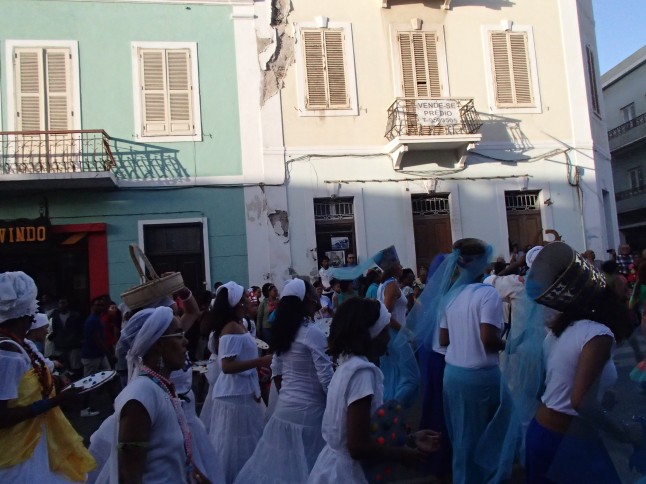




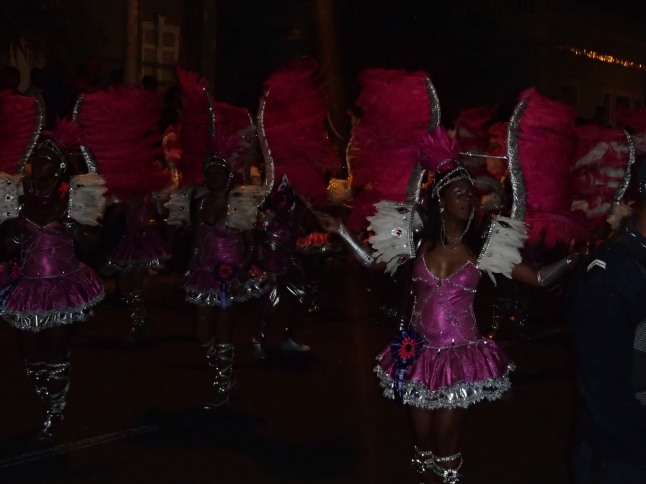
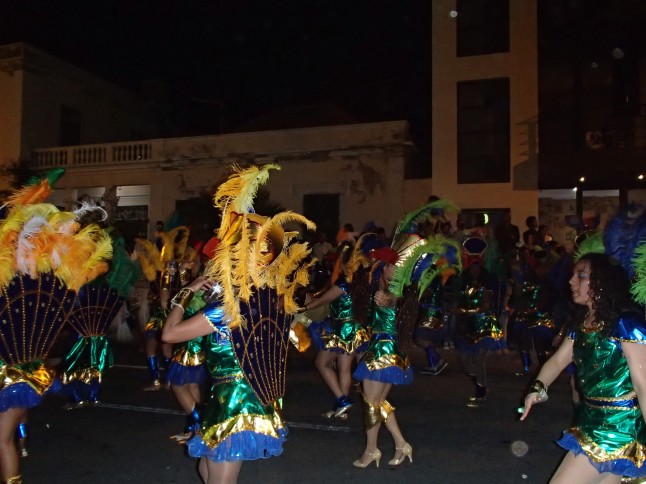
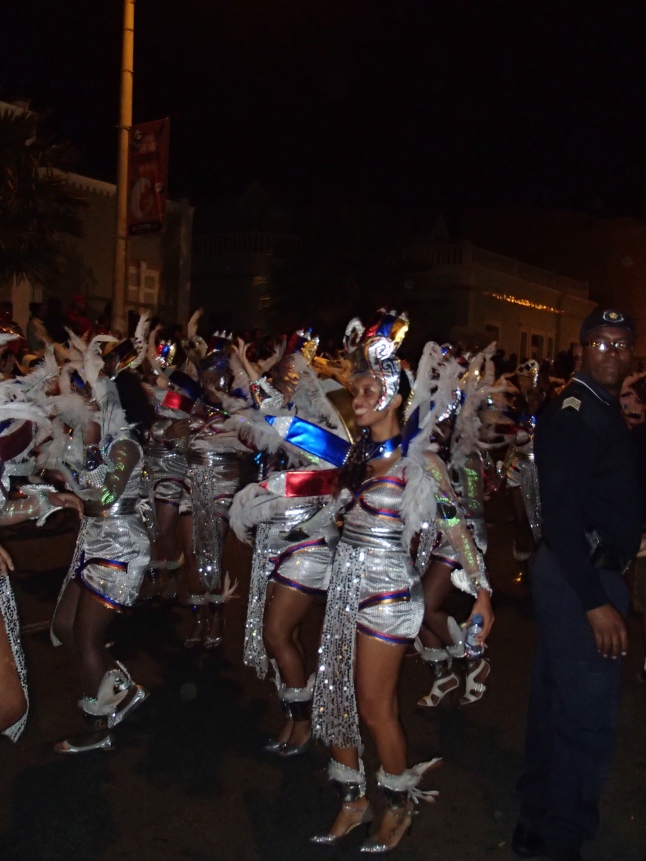


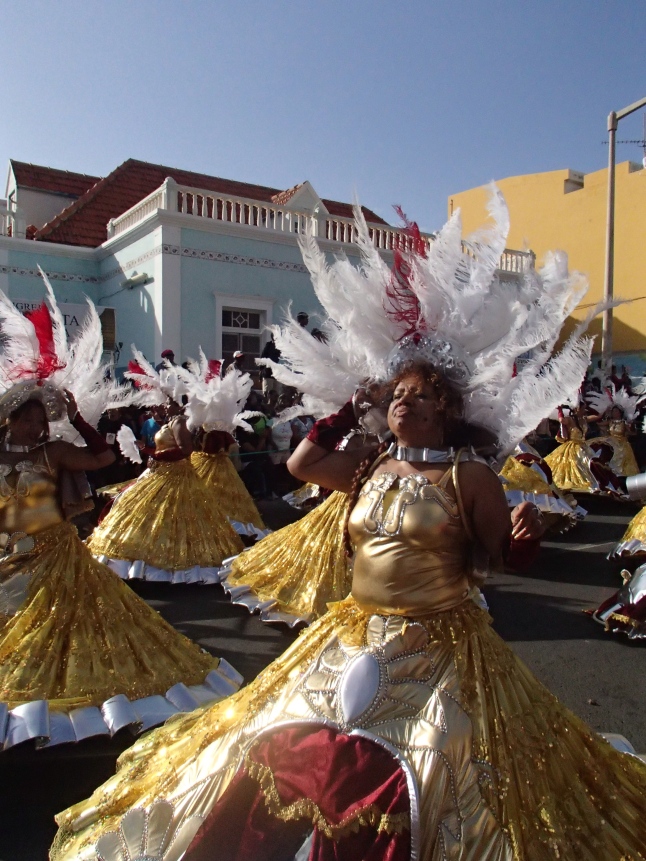
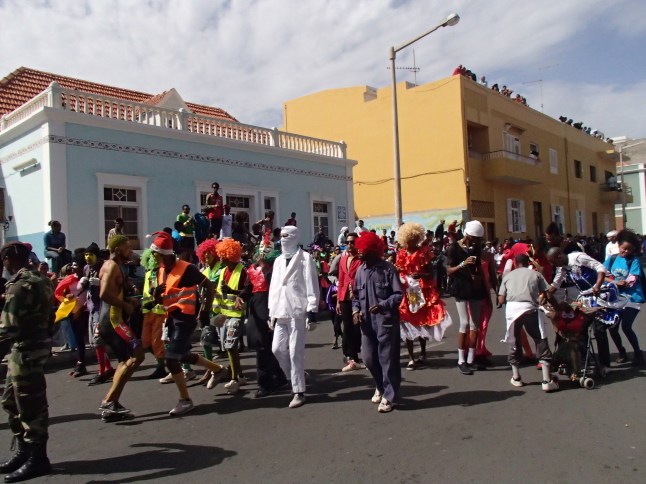



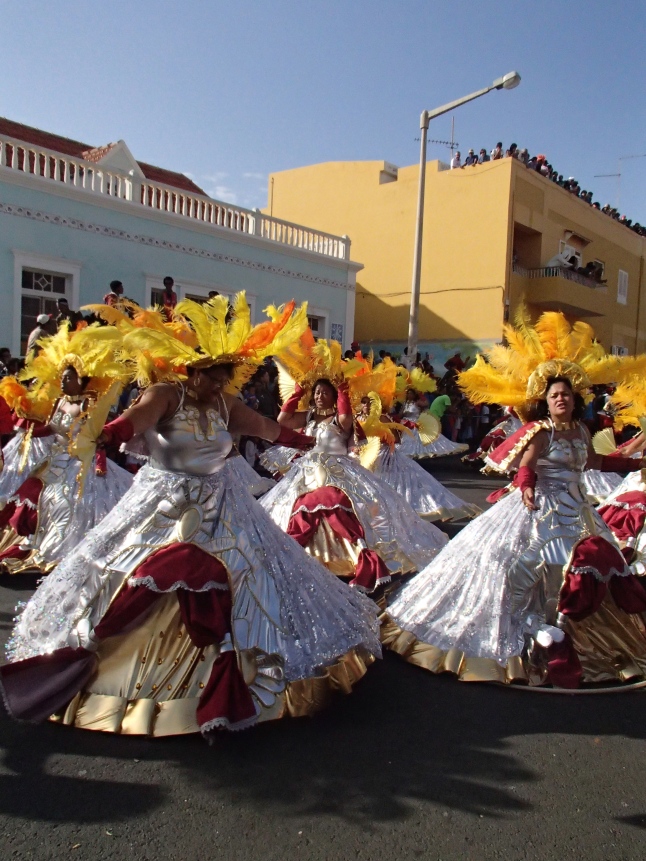




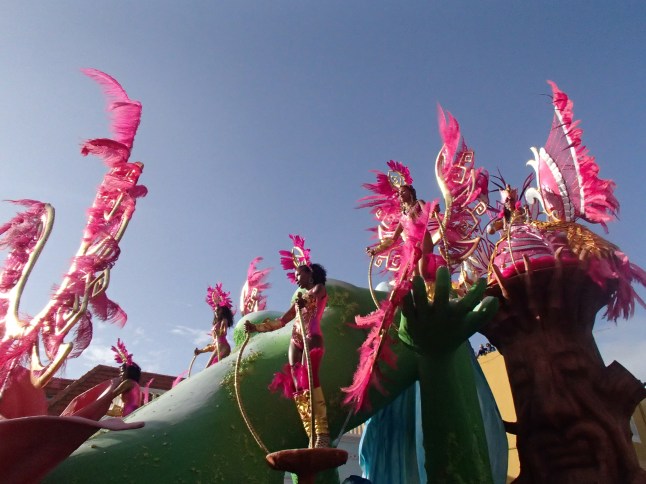



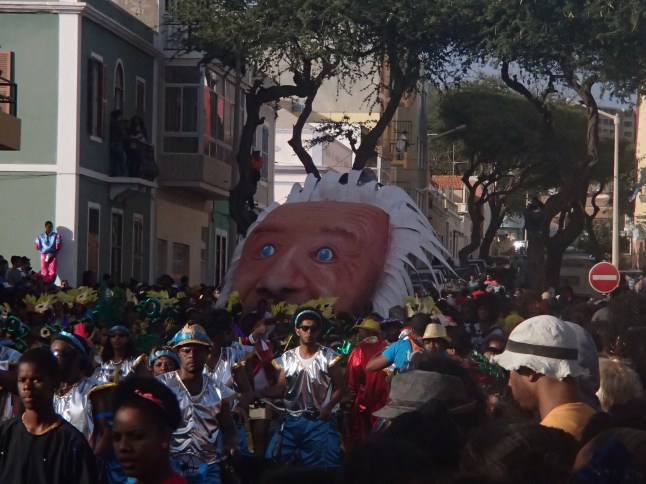

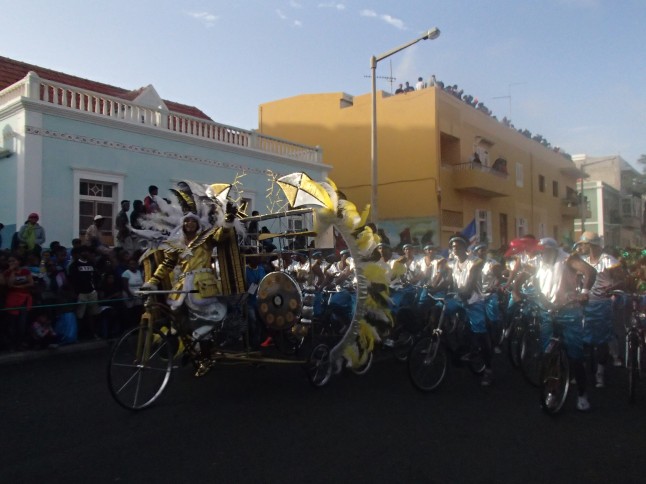
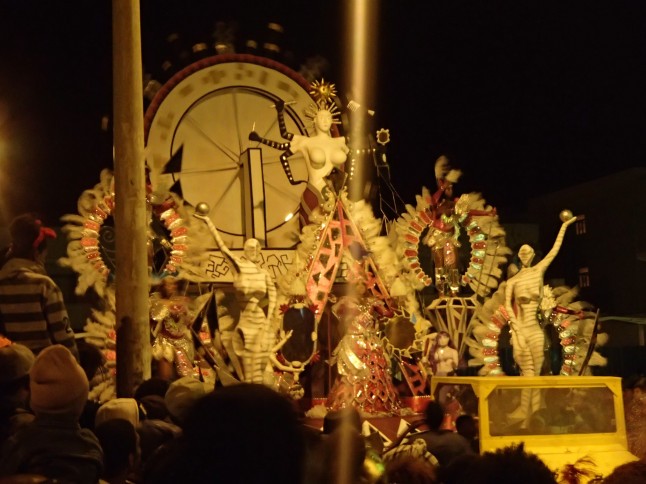

OLYMPUS DIGITAL CAMERA









